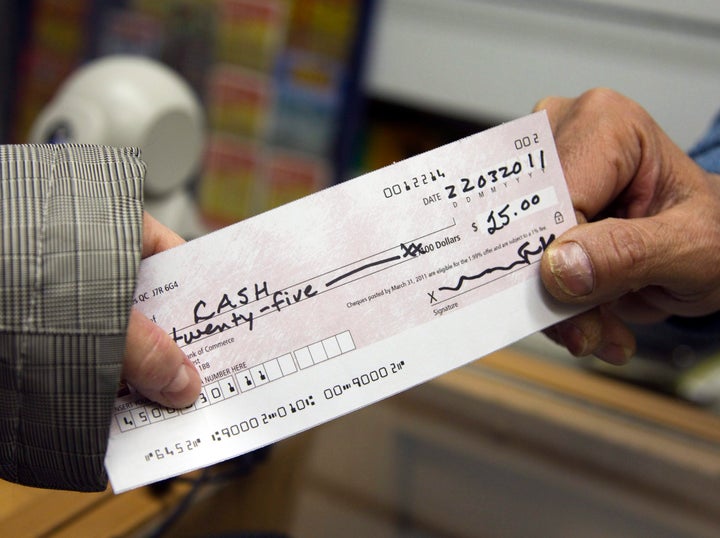
The other day I got one of those annoying emails from a supposed Nigerian prince promising rich rewards for helping to move money out of his country. It's hard to believe those kinds of scams are still thriving, but they are. In fact, according to a recent survey conducted by the Consumer Federation of America, fraud (including fake checks, bogus sweepstakes and work-at-home schemes) is now among the top 10 consumer complaints received by consumer protection agencies.
- You've won a foreign lottery and are sent a check that's the first installment of your winnings. To get the rest, you must deposit and cash the check, then wire the money to someone who will facilitate the transaction and pay taxes on your behalf. (Note: Legitimate lottery winners must pay their own taxes directly to the government; also, it's against federal law to play foreign lotteries by phone, mail or online.)
- Someone responds to your classified ad or online auction posting for a valuable item (car, jewelry, etc.). They have a logical-sounding reason why you're receiving a check above the purchase price: For example, they live overseas and asked someone in the U.S. who owes them money to send you a check for more than your sales price; then, you'll keep your share and wire the buyer the difference.
- You're hired as a secret shopper to help evaluate a money-transfer service. You're sent a check to deposit, minus your "pay," and are then asked to wire out the remainder using the service being tested.
- Someone is "friended" by a stranger on Facebook (or meets through an online dating service). Later, after careful grooming, they eventually come to trust the person and agree to deposit a cashier's check and wire the money to someone else as a favor to their "friend."
What all of these scams have in common is that the checks themselves are fraudulent. Thieves count on the fact that your bank generally must make deposited funds available to you within a few days. However, weeks may pass before the bank ultimately discovers the fraud, at which point they bounce the check. You must then repay your bank the money or have your account frozen or closed and be sued. Some victims even face criminal charges for fraud because it looks as though they were in on the scheme.
- Fake checks are often printed on lighter, slippery paper, and may be missing at least one perforated or rough edge, indicating they were printed from a personal computer.
- Missing or faded bank logo, suggesting it may have been copied.
- No street address or a P.O. Box only, or an inaccurate ZIP code. Verify the correct address with the issuing bank by searching its website or calling a local branch.
- The bottom line on real checks contains digits representing the bank routing, account and check numbers. It is written in magnetic ink character recognition (MICR) font, which can be read by special check-sorting machines. Real magnetic ink looks and feels dull, while fake MICR numbers are often shiny.
- Check number at the upper right corner doesn't match the number on the MICR line.
- Usually drawn for less than $5,000 because by law, deposits under that amount must be made available to you within five days. Crooks count on your completing their transaction before the check has actually been cleared by the issuing bank.
- Stains or gaps around signatures, a digitized appearance, or odd pen strokes, suggesting a scanned or forged signature.
- The first nine digits of the MICR line typically identify the routing number of the issuing bank. Having fewer or more than nine digits means it's fake. Verify correct routing numbers at the Federal Reserve Financial Services website.
If you think you've been targeted by a counterfeit check scam, report it to the following agencies:
•The Federal Trade Commission (1-877-382-4357).
•The U.S. Postal Inspection Service (or call your local post office branch).
•Your state attorney general's office.
Many good resources exist where you can learn more about fake check scams and how to avoid them, including the FBI, the Consumer Federation of America, the Federal Trade Commission and the National Consumers League.
Share these tips with your kids -- and your parents as well, because senior citizens are particularly prone to falling for fake check scams. To paraphrase P.T. Barnum, there's a new scam born every minute. Just make sure you're not one of the poor suckers who falls for it.
This article is intended to provide general information and should not be considered legal, tax or financial advice. It's always a good idea to consult a legal, tax or financial advisor for specific information on how certain laws apply to you and about your individual financial situation.
